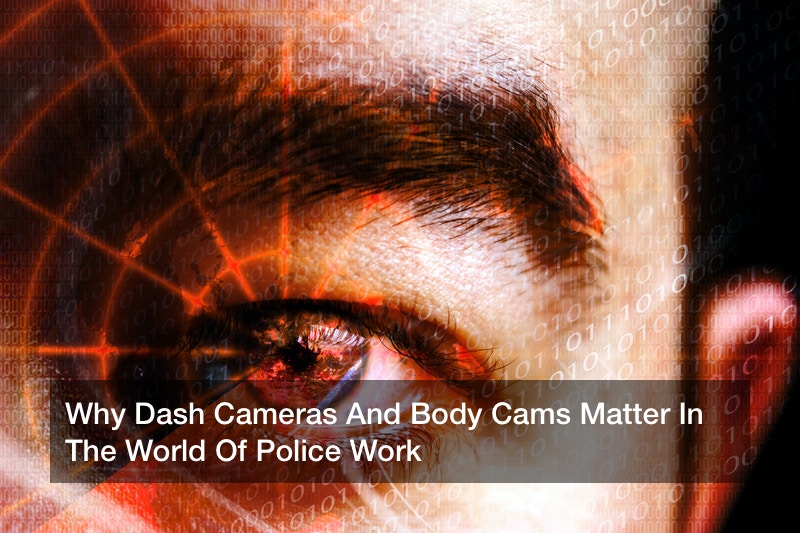Why Dash Cameras And Body Cams Matter In The World Of Police Work

In recent years, tensions between communities and the police departments that serve them have all too frequently been running high. Even more than 90% of all police officers now feel that their job is more dangerous than ever – and has been increasing in danger over the course of the past few years. Civilians in certain communities also feel this way, except flipped, feeling that they are even in danger from the police officers and police forces as a whole that are supposed to serve them. For a great many people, the need for the police force is a high one, but the trust in police officers is unfortunately something that is dipping ever lower as time passes on.
Fortunately, there are steps that can be taken to rectify this problem. For one thing, body cams and dash cams can be hugely effective for a great many people to feel safer around police officers – and vice versa. For one thing, the stats that have been gathered on this subject more than support this line of thinking. For one thing, more than half of all administrators working in police departments throughout the country feel that the use of body-worn cameras by police officers can help to improve overall public cooperation. And up to half of all police officers think that the use of body cams will help other police officers to act more accordingly with police code.
The data, of course, very much backs this up as well. This data shows that more than half of all police officers are less likely to use force when wearing something like a body-worn camera. And police officers are growing more and more in favor of the idea, with the year of 2015 alone showing an increase in how many police officers felt that cameras like these could be hugely beneficial – officers who wore such cameras were up to one quarter more likely than their non camera wearing peers to find such cameras to be a helpful force in their police work. Public complaints drop dramatically when body cams are worn as well, something that is seen in up to 93% of the departments that utilize such cameras.
And fortunately, the use of such cameras is growing all throughout the United States. In fact, now very nearly three quarters of all police departments (around 72% of them, as a matter of fact) use police body cams to at least some extent. This is up quite considerably since the year of 2000, when body camera usage sat at only around 11% for all the police departments and police forces seen throughout the entirety of the country. By the time that we had reached the year of 2015, up to 18,000 police departments had employed body cams to some extent, a number that has only grown in the years that have followed since.
And in addition to body cameras for police officers, the dash camera has also grown quite popular. In many ways, the average dash camera as used by the police officers of this country will serve much of the same role as the body cams do. A dash camera can, after all, record many a police interaction with a civilian, particularly in cases where a civilian (or multiple civilians, for that matter) is being pulled over. For many cases, the dash camera very much comes in handy, even if this dash camera only ends up being used for quality assurance purposes and serving as a back up to reviewing the situation. When a dash camera is present, many officers feel safer and more confident. Civilians, of course, can feel safer in the presence of something like a dash camera as well, knowing that the dash camera will give the most accurate recap of the event possible.
At the end of the day, there are many reasons that tools like the body cam and even the dash camera have become so very important indeed. From public safety to police safety, the list goes on and on, only growing more prevalent and important.
